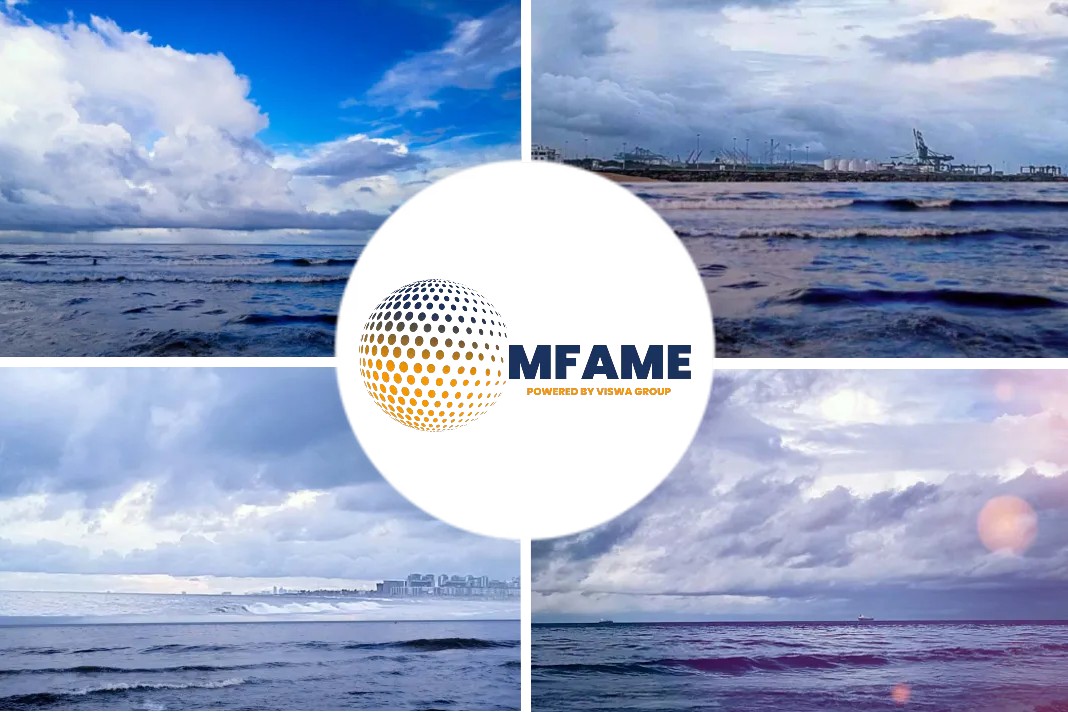
Tanker investors have been getting cold feet this winter. Spot rates are down sharply from November and stocks are off earlier highs. Yet the bullish tanker thesis — war-induced trade inefficiencies, post-COVID reopening, new vessel capacity that’s about to fall off a cliff — hasn’t changed, reports Freight Waves.
After spot rates “began to ease from highs that were completely unsustainable” came “the predictable selloff in the equities,” said Evercore ISI analyst Jon Chappell in a research note on Friday.
“We’ve been inundated with questions about why rates have ‘collapsed’ and where rates can ‘bottom,’ completely missing the fact that the current rate environment for most asset classes remains far above the long-term averages.”
The broader upcycle for tanker owners and stocks has “only just begun,” argued Chappell.
‘Rates are still strong’
Why have rates pulled back this winter, scaring away some investors? And what’s the outlook?
For perspective on current and future crude tanker market drivers, American Shipper interviewed Nick Watt, head of freight pricing at price-reporting agency Argus.
“Europe has slowed down its chartering a bit after its rush to hit the Dec. 5 deadline,” said Watt, referring to the date the European Union banned imports of Russian seaborne crude.
“That helped lead those gains in November and that has cooled off,” he explained. In addition, OPEC cut its production starting in November. “That has definitely been a factor. And then you had the holidays and Lunar New Year, a slow time for chartering.”
“But actual ton-mile demand [demand measured in terms of volume multiplied by distance] has not really dropped that much. That’s why you’re not seeing rates fall quite so much. Rates are still strong. You’ve got a fair amount of tightness for the midsized vessels.”
Sanctions hiking voyage distance
The positive ton-mile effects from the EU import ban and the G-7 and EU price caps are playing out as predicted: Voyage distance is increasing.
Russian Urals grade crude that used to go to the EU is now going all the way to India. “India is the one that has really been bumping up its imports of Russian crude,” said Watt. “There’s quite a lot of Urals moving into India right now.”
China is also taking Russian crude, keeping imports steady with historical levels. At the same time, the EU is buying cargoes from further afield, adding to ton-mile upside.
U.S crude exports were record high last year, driven by higher flows to Europe, mostly aboard Aframaxes (tankers that carry 750,000 barrels) and Suezmaxes (1 million barrels), but also on very large crude carriers (VLCCs; tankers that carry 2 million barrels).
U.S. flows to Europe will likely increase in 2023, given the EU ban on Russian crude.
“U.S.-to-Europe shipments are not as positive for ton-miles as U.S. crude to China, but they’re a replacement for short-haul shipments from Russia to Europe, which is a positive,” said Watt.
“It also looks like the U.S.-to-Europe VLCC trade is here to stay. We’re seeing quite a few of those — before last year you hardly saw any.” He added that VLCCs are also now heading to Europe from Brazil.
“The tanker market has structurally changed, replacing short-haul routes with longer-haul routes. That is the main thing affecting the dirty [crude and fuel oil] tanker market — and that is just ongoing,” said Watt.
According to Chappell, “In our view, the redrawing of the global trade map has only entered the early innings, with sanctions on Russian refined products set to go into effect next month, with crude price caps set to be reviewed again, and most importantly, with Europe unlikely to return to its previous reliance on Russian fossil fuels to any extent at any time in the foreseeable future.”
War fallout on energy trades is a “generational geopolitical event,” he said.
Did you subscribe to our Newsletter?
It’s Free! Click here to Subscribe.
Source: Freight Waves














